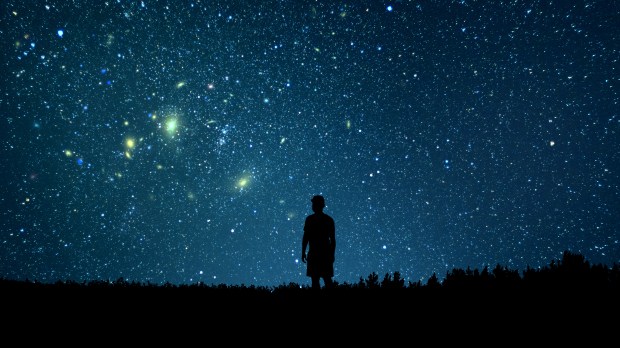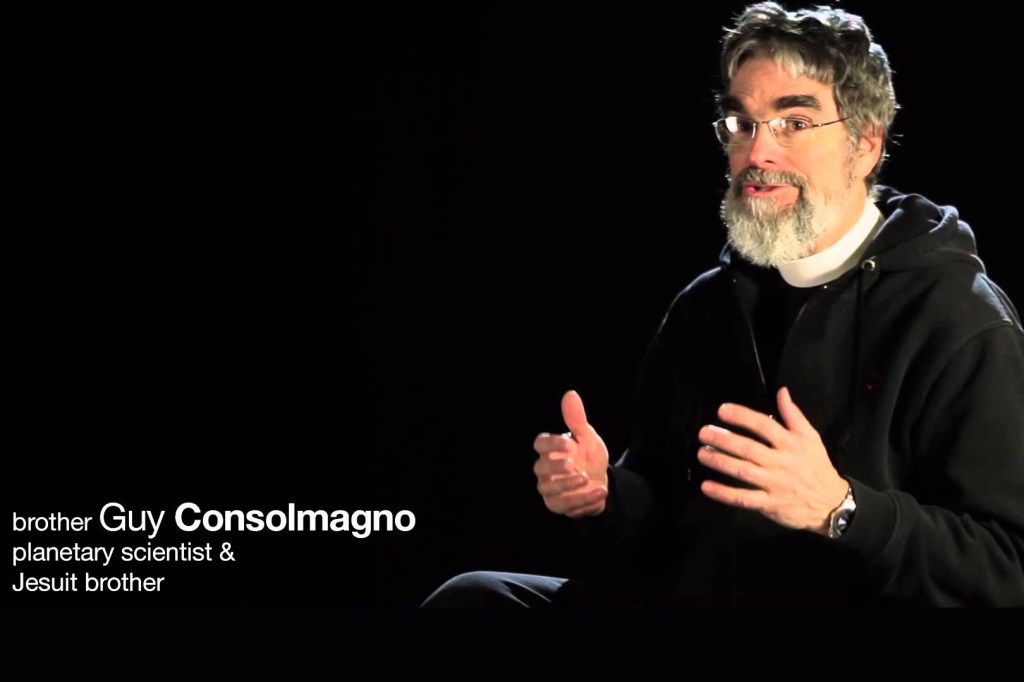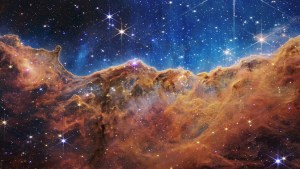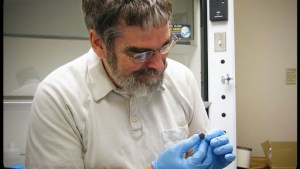“A universe full of stars is big enough to hold intangible things like Truth and Beauty,” says the director of the Vatican Observatory (Specola), American Jesuit Guy Consolmagno, in an interview with I.MEDIA. For Brother Consolmagno, who shares his fondest memories and the unique characteristics of the small Catholic state’s Observatory, contemplating the stars naturally leads to “an imminent realization of God.”
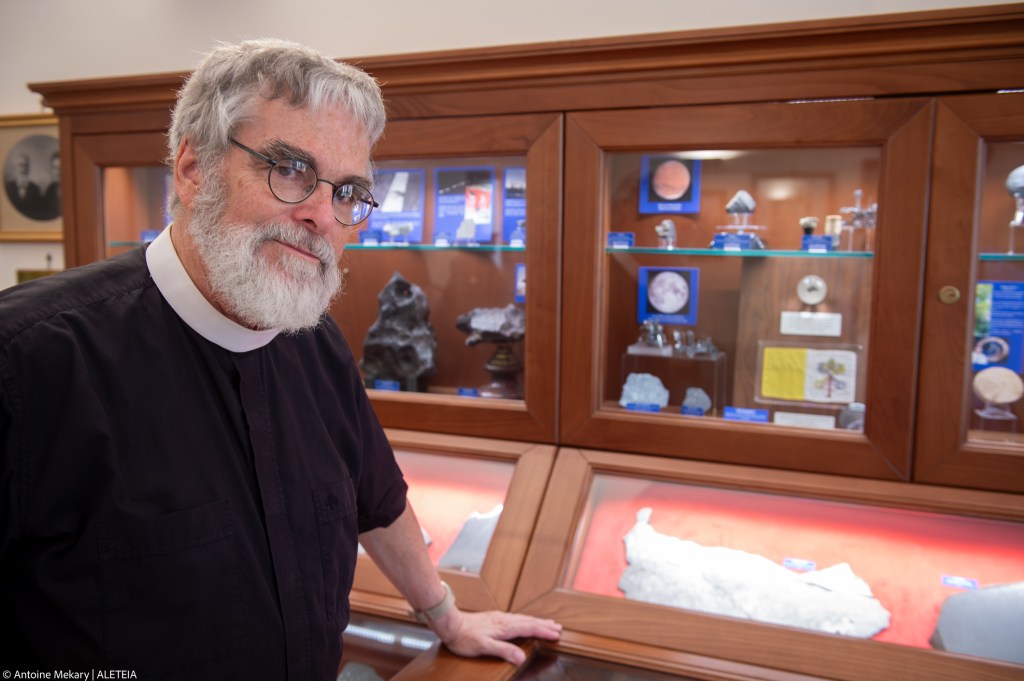
People generally think of an astronomer’s job studying the countless stars as mysterious and fascinating. What does your work as the Vatican’s chief astronomer consist of?
Br. Guy Consolmagno, SJ: In fact, my day-to-day life can seem rather mundane and tedious. I spend very few working hours looking at the stars; mostly I look at computer screens. Indeed, half of us working at the Specola are theorists, puzzling out how to understand the things the observers bring us using detailed computer programs.
Even those of us who get to use the telescope are only on the mountain a few weeks every year (not looking through the telescope, but looking at computer generated images from the telescope cameras). The rest of our time is spent “reducing” the data, which is to say removing flaws and artifacts and extracting from the images the exact measurement of how big or how bright the objects are that we observe.
What we all have in common, however — theorists and observers — is that we then need to write up our results into papers that can be presented at meetings and published in journals. And we need to follow the work that our colleagues are doing. The real work, and the real joy in our work, comes from sharing what we find with the rest of the scientific community. In addition, some of us who have the talent to do so are also deeply involved in communicating those results to students or the general public in the form of talks and books.
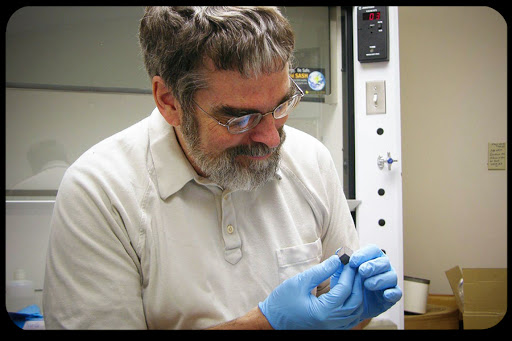
Is there a life lesson you’ve learned from studying the universe?
Br. Consolmagno: Most of us — myself included — tend to live in a world that is very small and flat, where I am at the center and the other important places around me are the refrigerator and my bed! But studying the universe — including just going outside at night and looking up at the stars, with the same wonder that we had as children — reminds us that the real universe is so much bigger than that. A universe full of stars is big enough to hold intangible things like Truth and Beauty. Looking out, and out, and out, eventually leads you to wonder why it all exists; in the words of Leibnitz, “Why is there something instead of nothing?” From such contemplation one is naturally led to an imminent realization of God.
What is your most cherished memory so far from your career as an astronomer?
Br. Consolmagno: There are so many moments… searching for meteorites in Antarctica, seeing my first student work cited in the popular astronomy magazine Sky and Telescope, the first time I saw the Eta Carina nebula from New Zealand… But perhaps one particular moment was when I had the sudden realization that one of my pet theories, an idea that I wrote up in a paper back in 1978 that has been cited in the scientific literature for decades, was actually (probably) wrong! It made me feel like St. Paul on the road to Damascus.
The writer Isaac Asimov, himself a scientist, once observed that the most exciting thing to hear in a lab is not “hurrah, I have found it!” but rather, “hmm… that’s odd…” Realizing that the universe is stranger than we thought, not just in general but in this particular way, this particular instance, which I can explore more deeply with this observation or that calculation, is opening a door to a whole new world of possibilities. Nothing can be more exciting than that!
You’re a special kind of astronomer, being a Jesuit too. Do your faith and your astronomy have an impact on each other?
Br. Consolmagno: Being a Jesuit has certainly changed the way I do my science. It reminds me that the goal of my work is not simply to earn money or fame, or to “show up” my rivals in the field. Rather, I do it for the joy that astronomy brings me, a joy that I recognize as evidence of the presence of God.
Likewise, my astronomy has enriched my faith; rather than being the case that science gives me faith — actually, I had faith before I was a scientist — but rather, science and contemplating the universe gives me an understanding of why I need faith. Only faith can make sense and give meaning to the joy and beauty I encounter when I gain some understanding of the universe and how it works.
What is the place of the Vatican Observatory on the international stage?
Br. Consolmagno: The members of the Vatican Observatory play a very large role in the international world of astronomy. Of course, we are good astronomers who have studied at the same schools and attend the same international meetings as our colleagues. In our annual reports you can find hundreds of research papers that our members publish in scientific journals every year; in virtually all of them, we are collaborating with lay scientists in institutions from around the world.
But by being at the Vatican we are not competing with our colleagues for the same limited government funding, and we are encouraged by the Vatican to help out in the organizing and administration of organizations and meetings that other scientists often do not have the time to do.
The Vatican is a member of the International Astronomical Union and our astronomers have been elected to a number of positions including presidents, vice presidents, and secretaries of various divisions and commissions. To give but two examples, Fr. Chris Corbally was on the committee that wrote the definition of a planet that granted Pluto its new status, and I serve on the working group that names features like craters and valleys on the surfaces of planets. In addition to the IAU, I was also elected to a term as president of the Division of Planetary Sciences of the American Astronomical Society in 2006, and as president of the Meteoritical Society (term starting in 2025).
We are also often called upon to serve on panels or as referees to judge proposals from our fellow scientists applying for research funding from NASA, ESA (the European Space Agency), and other national space funding agencies.
One unique way that we have made an impact in international astronomy is with our biennial summer schools. Since 1986 we have sponsored four-week gatherings of 25 students from around the world in an intensive study of some aspect of modern astrophysics with some of the best astronomers in the world (Including Nobel laureates). Students from past schools now are playing important roles in contemporary astronomy.
